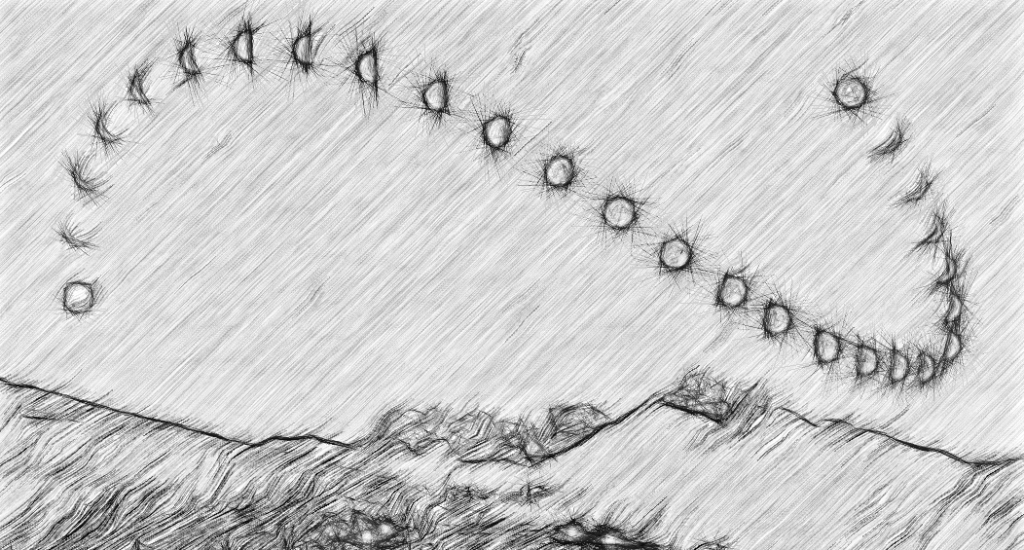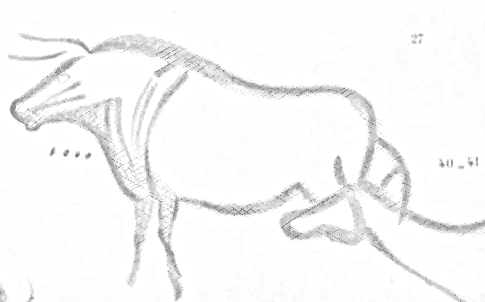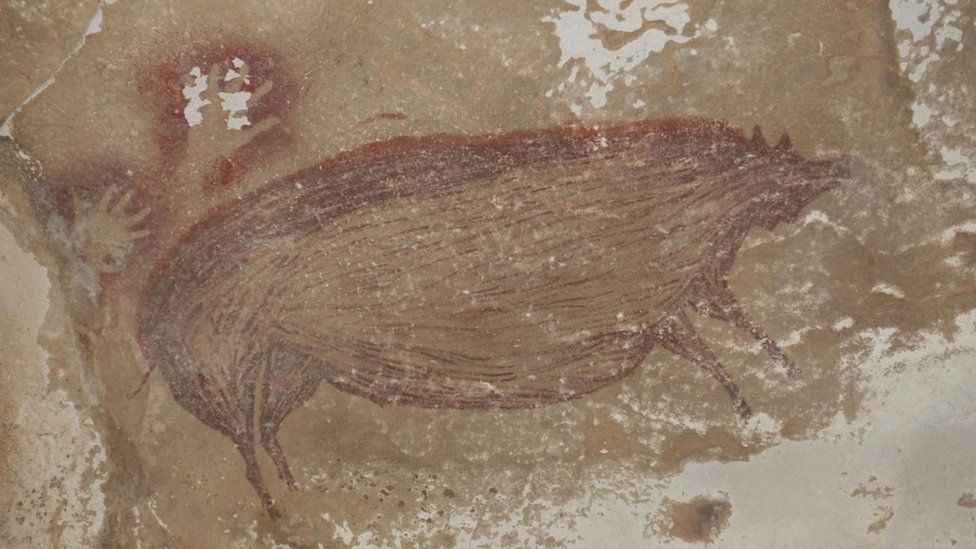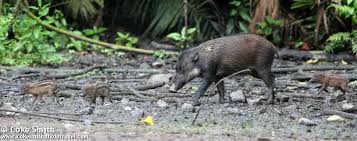
The alignment of neolithic and Bronze Age monuments shows that there was a calendar of the year in use at the time of Stonehenge and other megalithic monuments. There are also suggestions in the Stonehenge area that there were alignments with the Midsummer and Midwinter Solstices further back in the Mesolithic period.
But last year, evidence of a Palaeolithic Calendar has been uncovered by an ‘amateur’ studying markings in cave paintings at Lascaux, Altamira and other caves.

Furniture maker Ben Bacon has collaborated with Professors at UCL and Durham and interpreted markings which suggest the use of a lunar calendar to mark the mating season of particular animals. A Y shaped mark he interpreted as meaning ‘giving birth’ and the number of dots or dashes drawn by or in the outline of the animal or fish has been shown to coincide with the mating season of the animals depicted on the walls of the caves. They determined this by studying the mating season of modern animals.
For further details, follow this link:


